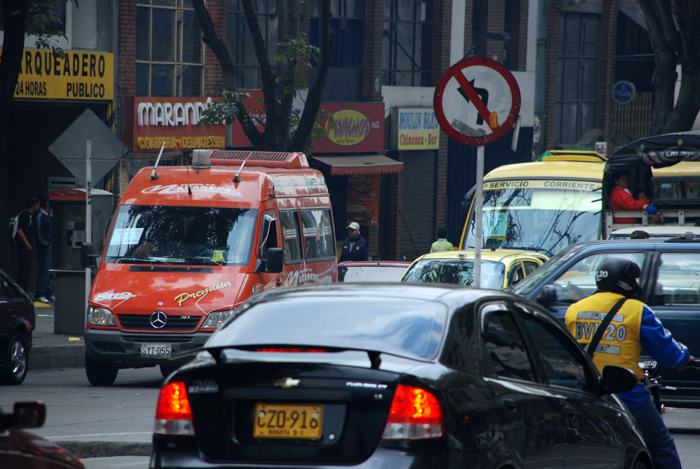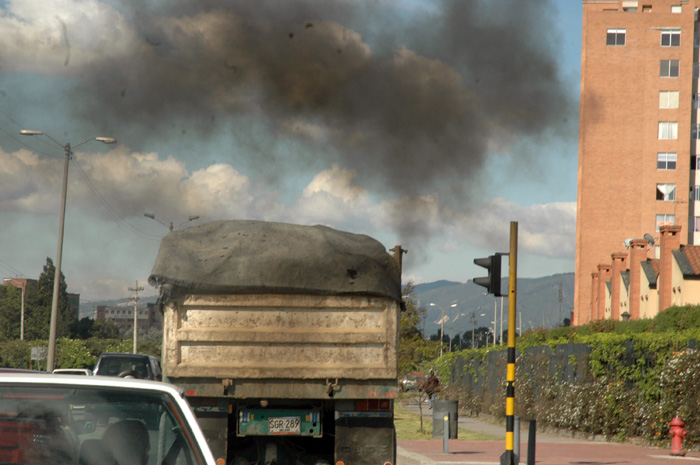A measurement of the project Adaptacion al Cambio Climático en las Ciudades de America Latina (Adaptation to Climate Change in the Cities of Latin America, Adapte for its acronym in Spanish) determined that these cities exceed considerably the recommendations of the World Health Organization (WHO) in terms of the amount of particles present in the air. "We also found that these factors are related to issues such as mortality," explained Patricia Romero, researcher of the University Corporation for Atmospheric Research (UCAR) from Colorado, USA.
According to the WHO, the PM10 levels or particles in the air should be maximum 20 micrograms per cubic meter (µg/m3), in order to avoid harmful effects in human beings. However, cities such as Bogota have higher levels.
"We checked several air measuring stations in Bogotá and we found that the zones in the city with less contamination levels have 40 µg/m3," asserted the researcher. "Cities like Santiago de Chile (Chile) have higher concentrations that are not only perceived by the measuring devices but also visible in the color of the air and the environment."
Such numbers are causing diseases related to the presence of heavy metals in the organism, such as acute respiratory infections (ARI), low respiratory infections, obstructive pulmonary diseases, lung cancer and asthma. According to the WHO, urban contamination causes 1.3 million deaths in a year.
According to the researchers, the zones in Bogotá with the highest concentrations of these polutin agents are: Ciudad Bolivar, Usme, San Cristobal and Usaquen.
Apart from air contamination, conditions such as temperature change were also identified as a factor for the citizens" quality of life. "We used a statistical sampling in which we related the mortality index and the weather, detecting that cold snaps are related to the increase in mortality. This is not noticeable in Bogota since temperature changes are not drastic, but in México and Argentina the situation is different," asserted Romero.
Situations such as climate change, floods, cold and heat snaps, and extreme dry seasons seriously affect the zones of El Codito (north) and Juan Rey (southeast) in the Colombian capital. "First, because these places are located at highs over 2.500 meters, and second, because their infrastructure is not fitted to prevent such changes," asserted Andrea Lampis, leader of the study in Bogota, which is related to the Institute of Urban Studies (IEU, for its acronym in Spanish) of Universidad Nacional de Colombia.
Currently, the researchers work in formulating joined strategies with the authorities in each city, in order to find mechanisms to reduce the contamination and its environmental impact.
 Correo Electrónico
Correo Electrónico
 DNINFOA - SIA
DNINFOA - SIA
 Bibliotecas
Bibliotecas
 Convocatorias
Convocatorias
 Identidad UNAL
Identidad UNAL





